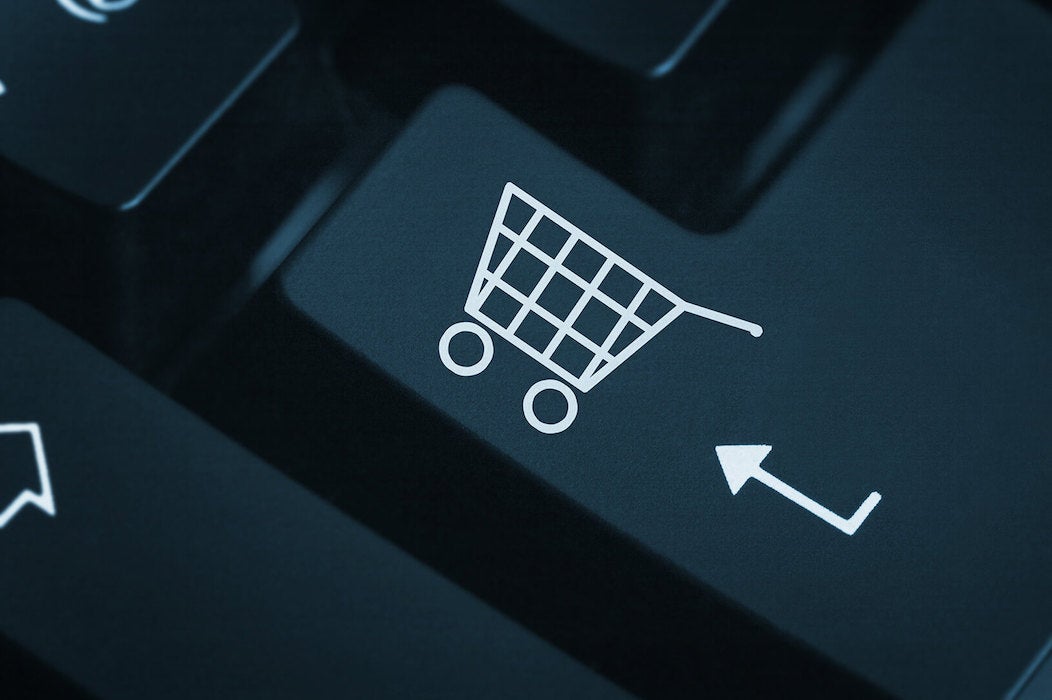Do you have an idea for a product you think people will love, but you’re worried its price tag is too to garner internet orders? Welcome to the world of luxury e-commerce, where stakes are high and margins higher!
If you’ve been a bit intimidated to step into the market, you’re not alone. Luxury e-commerce has been a slow burn compared to everyday discount products peddled by the marketplace giants. But that’s about to change. According to research from McKinsey, luxury’s share of online sales will double by 2020, from six to 12 percent. By 2025, luxury sales will make up 18 percent of the overall e-commerce market.
Clearly, there are many opportunities (and challenges) of starting a luxury e-commerce shop.
Among the arguments against luxury e-commerce has been people don’t want to buy high-end things online. They want the personal experience that comes with luxury shopping, and they prefer to see the high-quality products they’re buying in person. However, that’s starting to change. According to the Boston Consulting Group, nearly 60 percent of luxury sales are digitally influenced; meaning in-store purchases are often preceded by online research any way. From there, it’s just a short leap to actually making the purchase online.
In other words, if you’re launching a new business and don’t have a physical store, relax. That online research will turn into conversion, when you can walk the talk of a luxury brand. Let’s check out the opportunities going luxury brings in today’s e-commerce landscape while also assessing the challenges brands face.
Marketing & Branding
As a luxury brand, customers will automatically be more receptive to your story. Don’t have one? Delay your launch date until you come up with one. People want to be compelled to make purchases, and especially so if it’s a luxury item. You can’t simply list your product and price and expect the high-dollar amount to resonate with a consumer. Your customers need to know why they need your product. How will it enhance their lives or make them feel good about themselves? And, in the luxury space, they need to know what makes it special.
Personal Experiences
Delivering personal experiences is also a major opportunity—and subsequent challenge—for luxury e-commerce vendors. Think of a traditional high-end fashion store. You walk in and you’re immediately greeted, offered something to drink, and asked various questions about your style and what you’re looking for. A stylist then personally assists you; giving you things to try on and offering their opinion on how the various garments suit you.
Operating an online-only store means you need to deliver a personal digital experience. This could mean investing in AI to provide your customer a unique opportunity they can’t get elsewhere. It also means monitoring them carefully, so you can suggest new items based on their previous purchases and browsing history.
Website UX/UI
While the stakes are high in luxury retail, a surprising amount of companies aren’t good at creating luxurious-feeling—or even easy-to-navigate—websites. These vendora have traditionally been brick-and-mortar stores working to expand their presence into the online arena, but the lesson is still the same.
If you want digital consumers to trust your brand and tolerate your higher price points, you need to offer them a smooth web experience. Your product photos, in addition to being high-quality, need to be sized appropriately, load quickly, and show all the various angles and details likely to be pertinent to a prospective buyer. For example, if your store will sell makeup, you need to have up-close pictures of product colors and representations of how each appears on different complexions. Your categories should be neatly presented and the website as a whole shouldn’t feel too busy or cluttered. Large graphics, a focus on multimedia, and the proper use of whitespace will go a long way toward establishing a luxurious environment.
Shipping
Amazon has shifted the e-commerce market—and consumer expectations along with it. Regardless of what you sell, consumers expect shipping to be fast and free. This could cause a dilemma for your store since you’re shipping high-dollar products. Be prepared to pay higher insurance on the items you ship, and account for proper “spillage” should shipments become damaged or lost.
Additionally, shipping products in a non-descript box and slapping on a label won’t do. People purchasing from you have welcomed your brand into their life, show your value with quality, branded packaging. Custom shipping boxes go a long way.
Customer Service
All companies would like to provide great customer service, but as a luxury brand, it’s absolutely essential. More affordable brands don’t carry as high an expectation for service and support, but with higher-priced purchases comes higher expectations for customer service. Should a buyer call for assistance, your reps must be responsive, caring, and thorough. Further, no customer request should be ignored or denied.
It’s wise to err on the side of the customer always being right in cases of returns and issues with shipments. As a luxury brand, rather than generating one-off purchases, you’re building a loyal cadre lifetime customers. Treat them accordingly and they’ll reward you with their repeat business.
Internet Price Points
People love bargains, especially when shopping online. In fact, higher price points and the ease at which prices can be compared have been perceived as major barriers to entry for brick-and-mortar luxury brands. But many have emerged to dispel those fears.
At least for the moment, luxury brands appear to be immune to large marketplaces feeding off discount products through fast shipping and a no-hassle return process. However, as we’ve come to realize with Goliath marketplaces, this too is among the opportunities (and challenges) of starting a luxury e-commerce shop.
Still, in today’s e-commerce climate, there’s plenty of room for new luxury brands to vie for a slice of the pie. If you can deliver a compelling brand story, quality products, and a seamless website experience, your slice of that pie has the potential to be quite large.

















